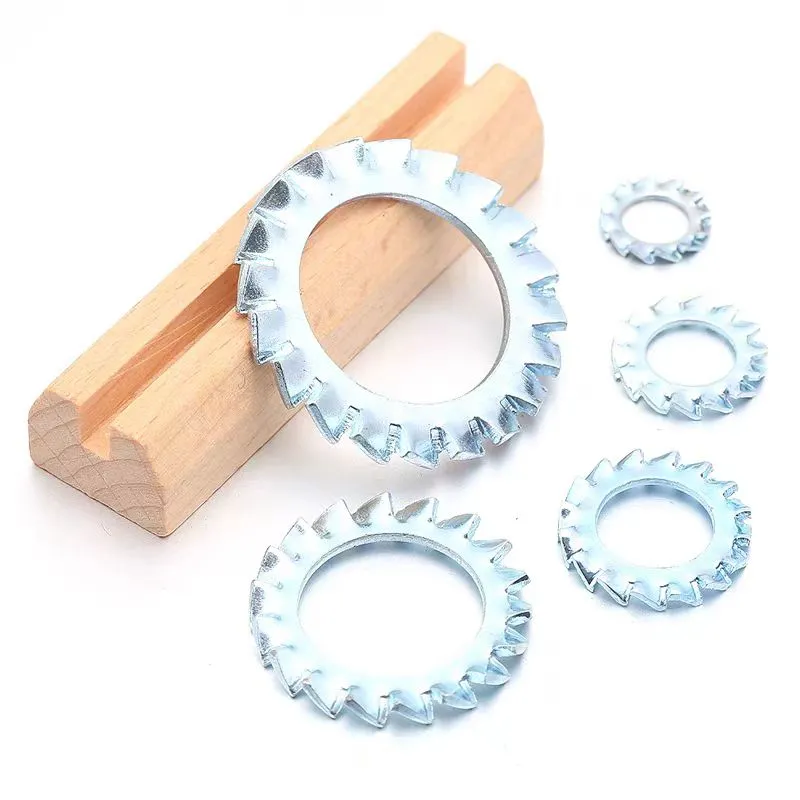

Double Threaded Stud Bolts - High-Quality Fastening Solutions
Th8 . 28, 2024 09:52 Back to list
Double Threaded Stud Bolts - High-Quality Fastening Solutions
Understanding Double Threaded Stud Bolts Applications, Benefits, and Selection
Double threaded stud bolts are essential components widely used in various industries, particularly in construction, automotive, and manufacturing sectors. Unlike standard bolts, double threaded studs have threads on both ends, allowing them to serve multiple purposes in fastening and stability. In this article, we will explore the construction, applications, benefits, and considerations for selecting double threaded stud bolts.
Construction and Design
Double threaded stud bolts typically consist of a cylindrical rod of metal with threads extending from each end and a smooth section in the middle. This design allows for the attachment of nuts or other fastening mechanisms on both ends, making them highly versatile. The materials used for manufacturing these studs can vary, with common options including stainless steel, carbon steel, and alloy steel, each providing specific benefits in terms of strength, durability, and corrosion resistance.
Applications
The applications of double threaded stud bolts are numerous. They are commonly found in
1. Construction Used for bolting structural elements like steel beams, columns, and brackets, providing enhanced stability and strength to buildings and infrastructure.
2. Automotive Frequently used in engine components to secure different parts together, ensuring that critical elements remain fastened under high vibration and temperature conditions.
3. Manufacturing Central to machinery assembly, double threaded studs enable manufacturers to create secure and strong joints, essential for the longevity and functionality of machines.
4. Aerospace In the aerospace industry, double threaded studs are used to secure components in aircraft, meeting stringent safety and performance standards.
Benefits
The use of double threaded stud bolts brings several advantages
double threaded stud bolts

1. Versatility Their unique design allows them to be used in a wide variety of applications, accommodating different configurations and requirements.
2. Strength Double threaded studs are designed to handle high loads and stress, making them suitable for heavy-duty applications.
3. Ease of Installation The dual-threaded design simplifies installation, allowing for faster assembly and disassembly procedures. This feature is particularly valuable in projects that require frequent maintenance or adjustments.
4. Improved Stability By using a stud bolt with threads on both ends, the force is distributed evenly, leading to enhanced stability and reducing the risk of loosening over time.
Considerations for Selection
When selecting double threaded stud bolts for a project, several factors must be considered
1. Material Choose the appropriate material based on environmental conditions and load requirements. For instance, stainless steel is beneficial for underwater or corrosive environments.
2. Size and Length Assess the project requirements to determine the necessary size and length of the stud bolts. Ensuring the correct dimensions is crucial for achieving the desired strength and stability.
3. Coatings and Treatments Consider surface treatments or coatings that enhance corrosion resistance and reduce friction, ensuring longevity and performance in demanding conditions.
4. Load Ratings Verify the load-bearing capacity of the selected stud bolts to ensure they meet safety and performance standards for the specific application.
Conclusion
Double threaded stud bolts are indispensable components in various industries due to their versatility, strength, and ease of installation. Understanding their construction, benefits, and considerations can aid engineers, designers, and project managers in making informed decisions when incorporating these fasteners into their projects. As technology and materials continue to evolve, the role of double threaded stud bolts will likely expand, further enhancing their applicability in innovative designs and constructions.
Latest news
-
Hot Dip Galvanized Bolts-About LongZe|High Strength, Corrosion Resistance
NewsJul.30,2025
-
High-Strength Hot Dip Galvanized Bolts - Hebei Longze | Corrosion Resistance, Customization
NewsJul.30,2025
-
Hot Dip Galvanized Bolts-Hebei Longze|Corrosion Resistance&High Strength
NewsJul.30,2025
-
High-Strength Hot-Dip Galvanized Bolts-Hebei Longze|Corrosion Resistance&High Strength
NewsJul.30,2025
-
Hot Dip Galvanized Bolts-Hebei Longze|Corrosion Resistance&High Strength
NewsJul.30,2025
-
Hot Dip Galvanized Bolts - Hebei Longze | Corrosion Resistance, High Strength
NewsJul.30,2025

